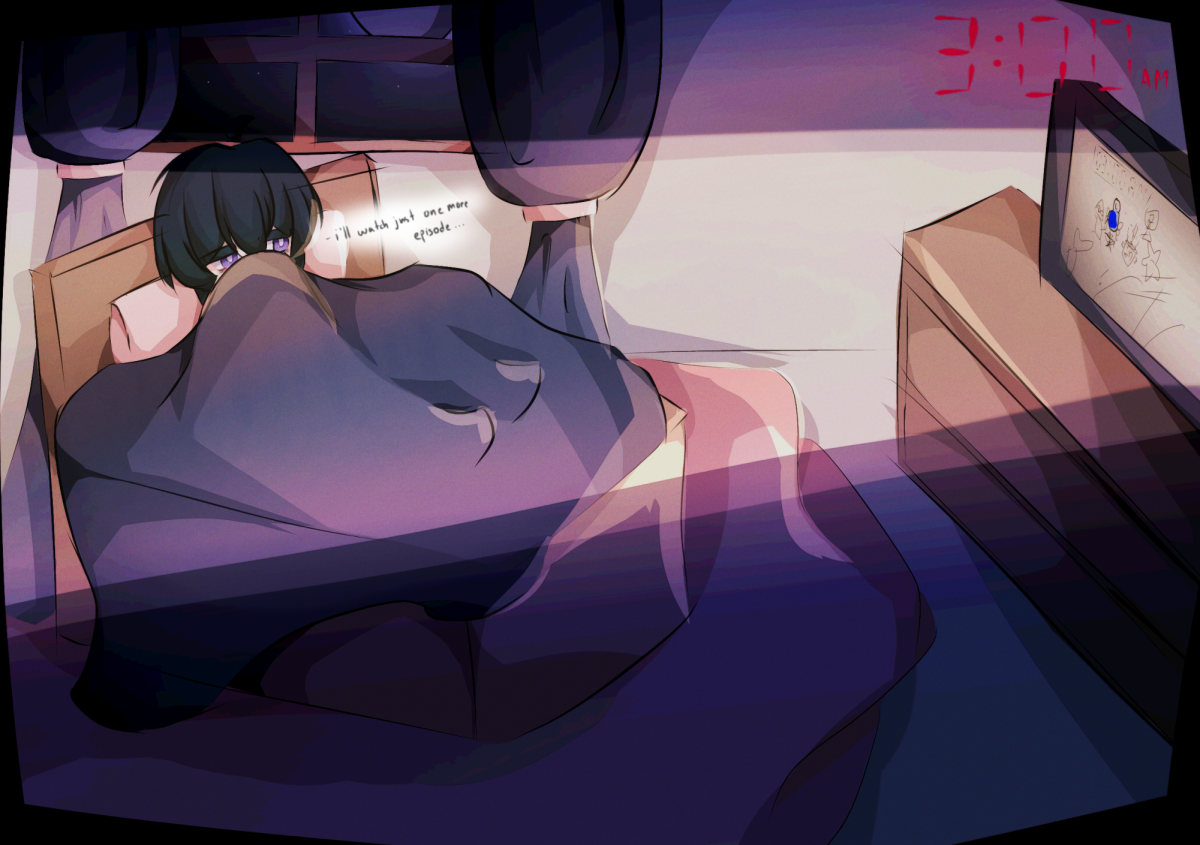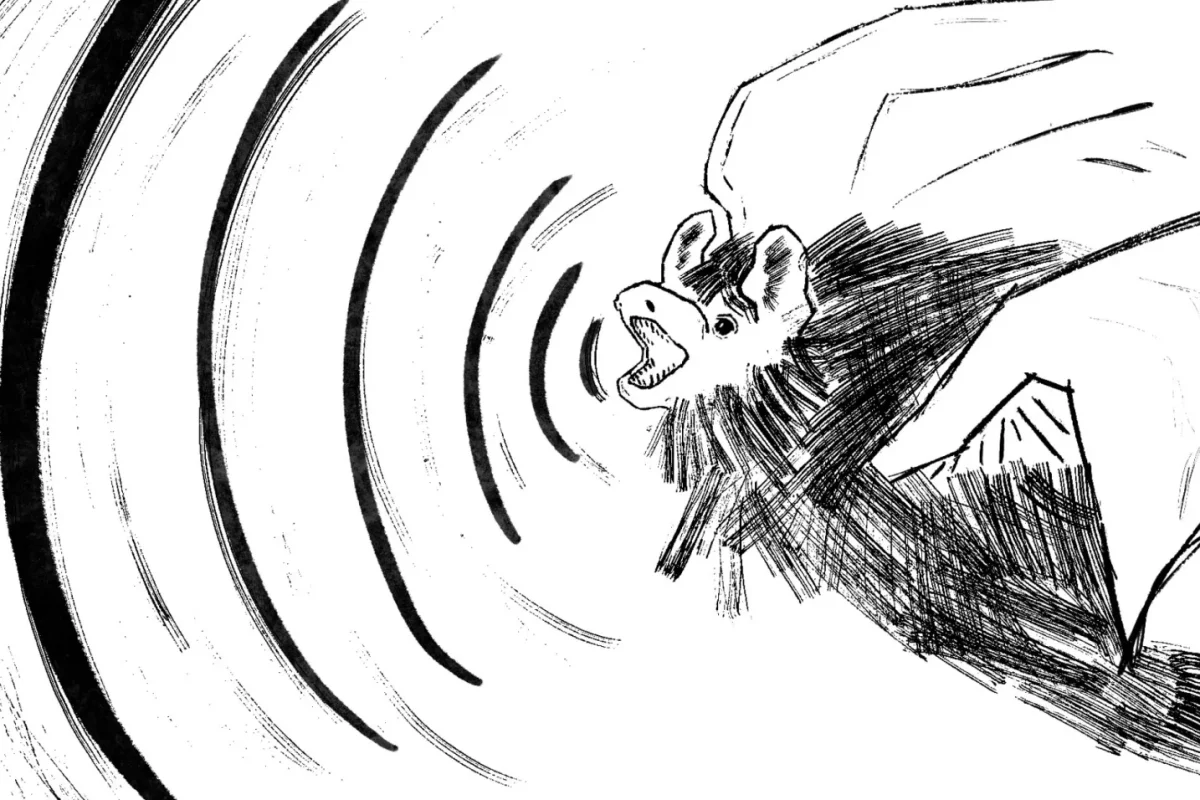Imagine spelunking through a cave; you turn a corner and suddenly hear a bat’s screech followed by the fluttering of wings. These screeches and cries are produced for echolocation, which is used for traversing dark caves and locating prey. While most bat echolocation is ultrasonic — with impressively loud sounds and high frequencies — and is therefore inaudible to humans, the sound they produce is very real and produces powerful waves of energy. If their sounds weren’t ultrasonic, would it be possible for them to produce a sound that could be heard around the world?
According to the North American Bat Conservation Alliance, there are over 1400 species of bats in the world. The populations of these species vary wildly, from just a few hundred to over a billion. It is very difficult to calculate or even estimate an accurate population number, but an estimate used in a study by Ron Milo of the Weizmann Institute of Science was 56 billion bats globally. The average bat can produce sounds at around 110 decibels. To put this into perspective, a motorcycle engine is 90 decibels and a car horn is 100 decibels. While this might make the bat seem loud but not deafening, decibels function logarithmically, meaning that a 10 decibel increase is 10 times louder. To find out how loud all 56 billion bats would be, use the equation 10 ⋅ log10(10d/10 ⋅ n) , plug in 110 decibels for d, and plug in 56 billion for n to get a catastrophically loud decibel level of 217.5.
At 194 decibels, a vacuum is created, meaning at this level, it would no longer be a sound until it travels far enough. As this catastrophic wave of energy would travel, it would pummel through any concrete or dirt that gets in its way until it reaches 194 decibels again. If the bats were positioned in an urban area, this would cause the collapse of buildings and infrastructure for miles.
However, despite their terrifyingly loud capabilities, most of the world would still be safe from the sound of all of these bats. Due to the atmosphere and terrain of Earth, sound dissipates extremely quickly and it is extremely difficult for something to truly be heard around the world. To understand this, we can look at the Krakatoa eruption — the loudest sound ever recorded in human history — which had a terrifyingly loud decibel level of 310 at its origin. However, at 100 miles from the source it had already reached 172 decibels. From 3000 miles away, the sound was reportedly described as cannon fire from a nearby ship. The bats’ impressive cries would reach extremely high levels of sound but would most likely dissipate after nearly a thousand miles.
Despite the bats’ failure to have the entire world hear their cry, these seemingly innocuous creatures still have devastatingly strong capabilities. With this, at HSMSE, we should learn that — like these bats — with enough teamwork, we can achieve something truly incredible.
A Bat-tering cry
Ronald Szeto
•
May 28, 2024






























![[ERROR]: Lack of Women in the Software Industry](https://theechohsmse.com/wp-content/uploads/2024/12/APC_0280-984x1200.jpeg)










